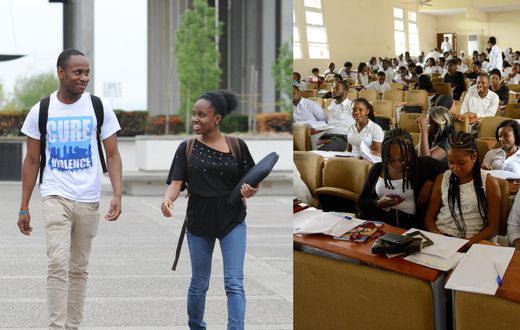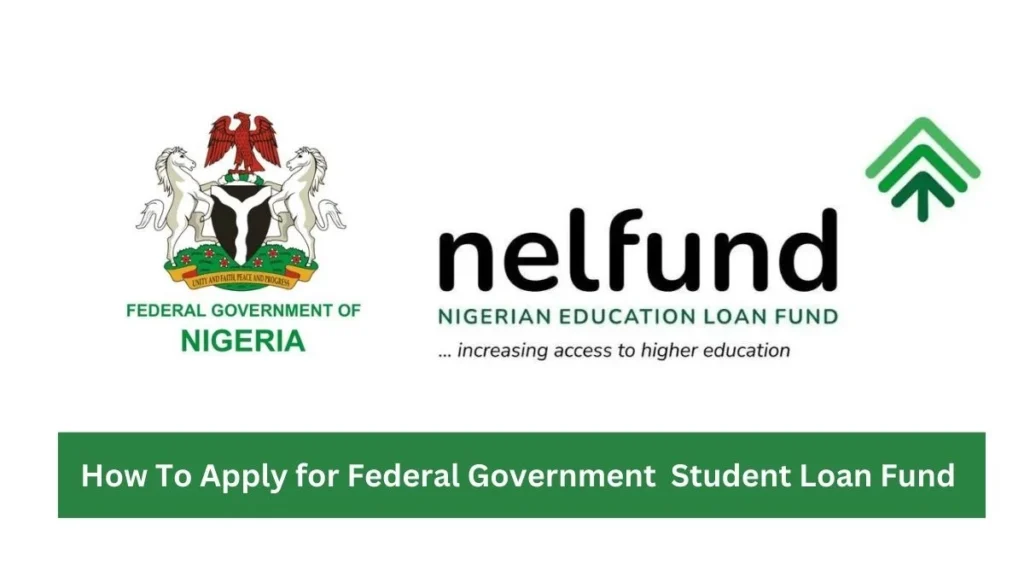Nigeria’s bold experiment in student financing is gathering momentum. The Nigerian Education Loan Fund (NELFUND), created to bridge the affordability gap in tertiary education, has now disbursed ₦86.3 billion to students and institutions nationwide.
The latest Daily Status Report, released on 26 August 2025, shows that 764,044 students have registered on the loan portal, with 762,676 applications submitted. Of these, 449,039 students have already benefitted—an unprecedented figure that underscores both the demand for and the reach of the scheme.
Table of Contents

Breaking Down the ₦86bn
The fund is split into two streams:
- ₦47.6 billion channelled to 218 tertiary institutions—universities, polytechnics, and colleges of education—covering tuition and institutional fees.
- ₦38.7 billion disbursed directly to students as upkeep allowances, supporting living costs such as food, transport, and study materials.
The design reflects a balance between stabilising institutions that struggle with funding gaps and directly easing the financial pressure on students. One Abuja-based lecturer described it as “a double injection of oxygen—our schools can breathe, and our students can too.”
The figures also suggest a growing level of trust in the programme. In the most recent window alone, over 2,000 students registered and more than 2,600 applications were approved, further widening the net of beneficiaries.

Process Improvements and Digital Safeguards
NELFUND has not only grown in size but also in sophistication. Responding to earlier concerns over accountability and delays, the fund has introduced a number of policy and digital reforms:
- Session-based upkeep: students will now receive allowances for only their current academic session and must reapply each year. This measure is meant to curb abuse and ensure that only active students remain eligible.
- Digitised verification system (SLAS): all accredited institutions now access a dashboard where they can upload academic records, verify students’ eligibility, and track applications from “Submitted” to “Disbursed.”
These steps were prompted partly by public concern. In August, the Independent Corrupt Practices and Other Related Offences Commission (ICPC) raised the alarm that parts of the loan process lacked clarity and that some funds were difficult to trace. With digitisation and renewed transparency, NELFUND is signalling that it is learning from feedback and taking corrective action.
For students, the improvements mean shorter waiting times. For institutions, it provides a clearer line of accountability. “The dashboard is a game-changer,” said a registrar at a federal polytechnic in Lagos. “For once, we can see in real time where each student’s application stands.”
What the Rollout Means for Education Access
The expansion of NELFUND is more than an accounting exercise—it is a lifeline for many Nigerian households. Rising tuition fees, coupled with the country’s cost-of-living pressures, have made higher education unattainable for thousands of families. With loans covering both school fees and personal upkeep, students from lower-income backgrounds now stand a better chance of completing their studies without financial derailment.
Parents, too, are feeling the relief. A mother of two beneficiaries in Enugu noted, “We used to borrow from relatives to pay fees. This loan has taken that shame away. My children can focus on their books, and I can focus on feeding the family.”
Institutions also benefit. The direct payment of tuition fees to schools strengthens their financial stability, allowing them to maintain staff, laboratories, and libraries. It is, in effect, a dual-impact scheme: empowering students while bolstering the very schools they attend.
Yet challenges remain. Nigeria’s tertiary education sector serves millions, and with fewer than half a million beneficiaries so far, there is still a long road ahead. Awareness campaigns, streamlined application systems, and continued anti-corruption safeguards will be crucial for the scheme to reach its full potential.

Looking Ahead
Barely a year after its May 2024 launch, NELFUND has already altered the terrain of Nigerian higher education. Disbursing ₦86.3 billion to nearly 450,000 students across 218 institutions, it has shown that large-scale student financing is not only possible but also effective when combined with digital transparency and institutional partnerships.
The road ahead will demand consistency. Each new session will bring another wave of applications, and each must be processed without the bottlenecks that often plague government schemes. More importantly, loan recovery and repayment frameworks will soon be tested as graduates enter the job market.
Still, for now, the message is clear: Nigeria is serious about financing education. By investing in its students, it is investing in its future. The NELFUND story, with its billions disbursed and thousands of lives uplifted, is a reminder that policy can translate into real impact—if backed by commitment, technology, and accountability.
Join Our Social Media Channels:
WhatsApp: NaijaEyes
Facebook: NaijaEyes
Twitter: NaijaEyes
Instagram: NaijaEyes
TikTok: NaijaEyes
READ THE LATEST EDUCATION NEWS





